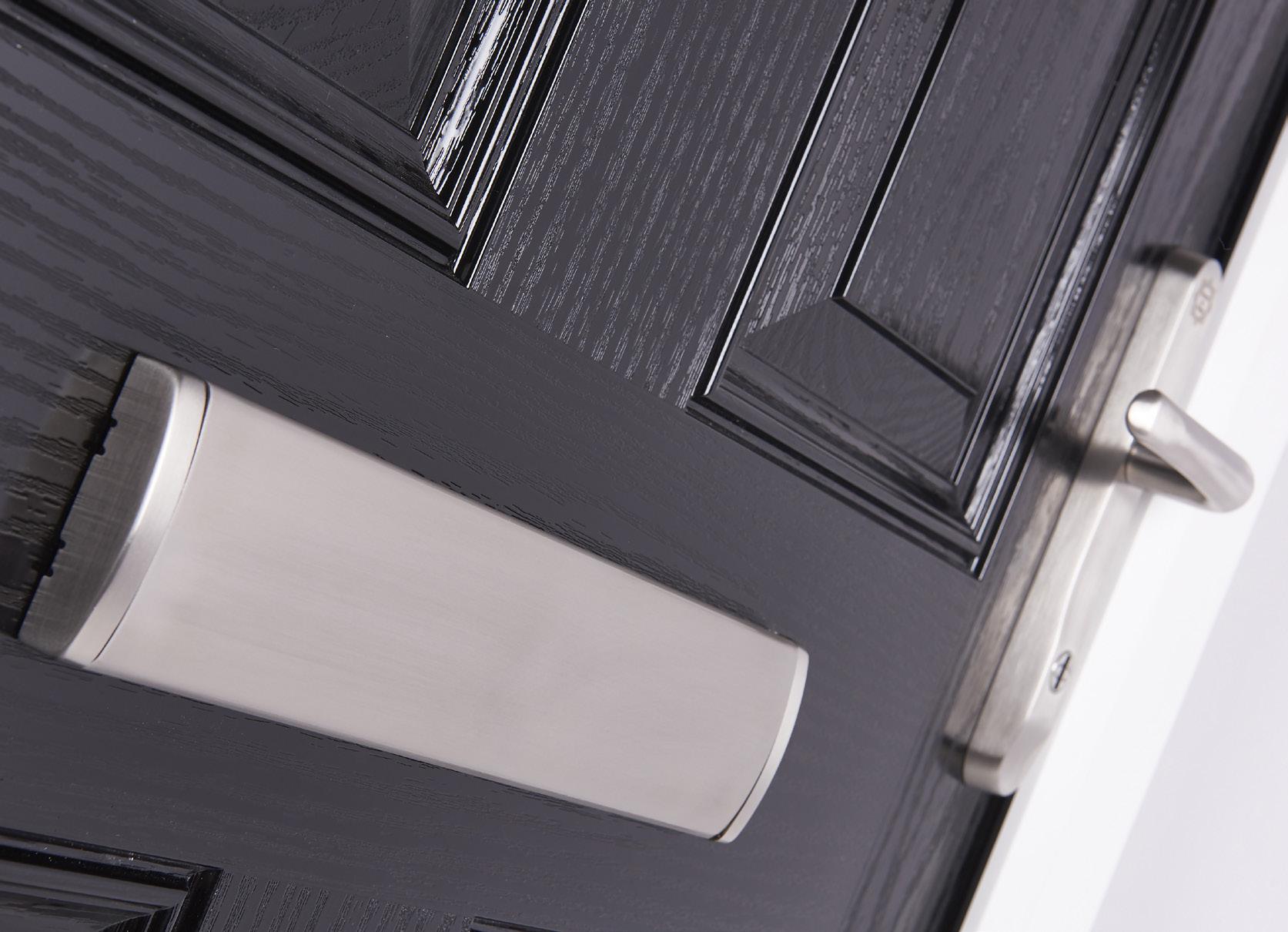
3 minute read
Tech Talk
O, L, AND F – AND DON’T FORGET Q
WHAT FABRICATORS NEED TO KNOW ABOUT THE NEW BUILDING REGS
Anyone who reads the trade press will know that the first of the new Building Regs come into force in June this year. Approved Document O is all about controlling overheating and can mostly be managed through external shading, Approved Document L sets new U-Value/WER limits for windows and glazed doors, and Approved Document F covers the need for ventilation in increasingly airtight homes.
Strafford Cooke, Technical Director, Mila
The reason why these Docs have been released first is that they form part of the government’s Future Homes strategy, which aims to reduce carbon emissions from new homes by 30% now and by 80% by 2025, but we can expect other relevant Docs to follow.
From a hardware perspective, the new Part O isn’t significant, but Part L is likely to mean an increase in triple glazing which, in turn, will place extra demands on hinges. I would advise fabricators who are in any doubt about the right specification of hinge to take advice from their hardware supplier. However, it is Part F which is likely to have the most impact on our industry because it requires trickle vents to be fitted in virtually all new and replacement windows, unless alternative mechanical ventilation is in place. From a personal perspective, I think this is totally counterintuitive to the whole Future Homes strategy – why increase the thermal performance of windows and then cut a hole in them?
I recognise the need to increase ventilation, particularly post Covid, but this feels like a sledgehammer to crack a nut. There are also a number of practical issues around the new Part F as well:
• what about the impact on noise levels in busy urban areas?
• what about the fact that some installations where there is more than one window will inevitably be overspecced and overventilated if trickle vents become the default option? • what about the fact that the current testing regime for
Part L allows U-Values to be assessed without trickle vents, just as it allows doors to be assessed without letterplates? Despite my personal misgivings though, I do accept that, as an industry we have to respond to the requirement from June onwards. Mila customers can be reassured that we will have a full suite of compliant trickle vents in stock ahead of the deadline– in 2500mm2, 5000mm2 and 4000mm2 variants. The 4000mm2 version is likely to be the most useful in terms of matching the 4000mm2 and 8000mm2 Minimum Equivalent Area thresholds now set for different rooms.
If fabricators think they have got their head around what is required for Document F, then they need to be aware that Approved Document Q is likely to be the next of the Building Regs to be updated – and, in hardware terms, it will be the most significant. At the moment, ADQ requires that all entrance doors and accessible windows going into new build properties (or those undergoing a change of use) meet the requirements of PAS24: 2012. Under the proposed changes though PAS24:2016 will be the benchmark standard and the regulation will be extended to replacement installations as well, meaning 3 Star TS007 compliance for door handles and cylinders, TS008 compliance for letter plates and P1A laminated glass for accessible windows and doors.

That will effectively put an end to the use of standard 6 pin cylinders in entrance doors and mean no more standard letterplates, as well as requiring that door viewers and door chains are fitted.
Another big change that could be implemented is that compliance will have to be shown by means of a test which would prevent test documentation from being cascaded. Effectively, everyone would require their own test data. While Mila and others in the hardware sector are poised to respond with products which already comply, there is considerable concern about the glass sector, simply because there isn’t currently enough capacity to supply the huge volumes of P1A glass that would be required.
Discussions are still ongoing between the various industry trade associations and the government on the implications of Approved Document F on the market and we are awaiting the start of the consultation on ADQ, so there may yet be some changes to the proposals. However, in the meantime, my advice, as always, is to contact Mila for help and advice. https://www.mila.co.uk/ By Strafford Cooke, Technical Director, Mila











